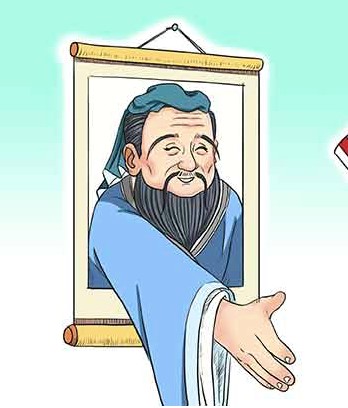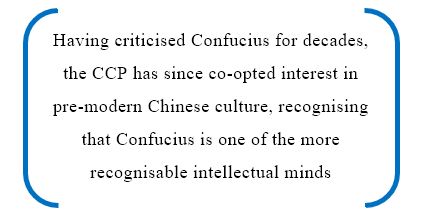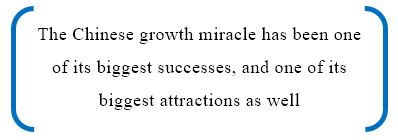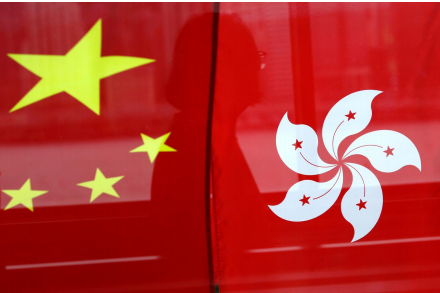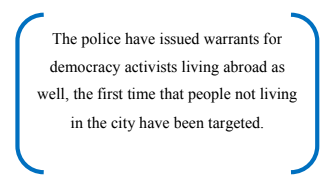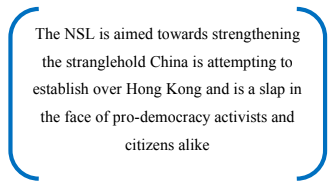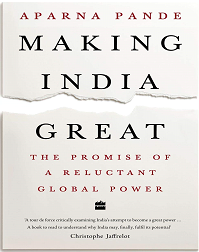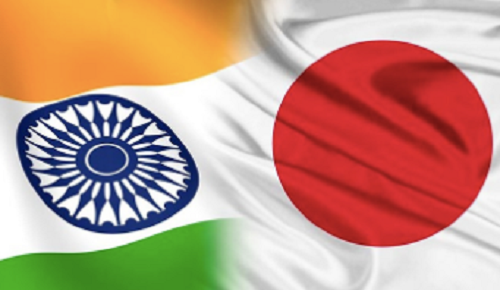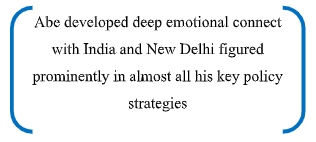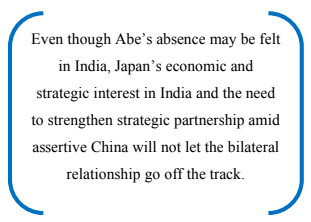Rangoli Mitra, Research Assistant, Institute of Chinese Studies

The significance of Maldives, one of the most geographically dispersed countries in the world, is steadily increasing. The island nation, which comprises 26 atolls spread over 90,000 square kilometers, is located in a central position in the Indian Ocean, southwest of Sri Lanka, and straddles important sea lines of communication. Until recently, Maldives was mostly known for its pristine beaches and luxury resorts, and regarded as a vacation destination for the rich and famous. However, in recent years, the strategic salience of the small island nation has not been lost on anyone – particularly India and China.
While India has always regarded Maldives as an important player in the Indian Ocean and accorded it the necessary priority, Beijing has in recent years stepped up engagement with Maldives as well, signaling its intent and priorities in the Indian Ocean as a part of its 21st Century Maritime Silk Road Initiative, the maritime half of the Belt and Road Initiative (BRI).

A Look at the Historical India-Maldives Relationship
Maldives, which is barely 70 nautical miles away from Minicoy island in India’s Lakshadweep archipelago and 300 nautical miles away from India’s west coast, has traditionally been India’s friend. However, the nature of this relationship remains dynamic and complex due to factors such as competing domestic rivalries in Maldivian politics and the importance of foreign policy for the general public because of the nation’s geostrategic location.
India was not only one of the first countries to recognize Maldives after its independence in 1965 but also the first country to open a resident mission in Malé. For its part, Maldives opened a full-fledged High Commission in New Delhi in November 2004, at that time one of only four diplomatic missions worldwide. While the relationship began deepening with increasing economic and diplomatic engagements, the crucial turning point came in 1988, when India responded to a coup attempt against former President Maumoon Abdul Gayoom by launching Operation Cactus. Although it has been widely noted that Gayoom contacted other countries for help at first, it was finally India who came to his government’s rescue. While Gayoom maintained friendly relations with India, he also veered toward China, a rising power in the Indian Ocean.

Democratic elections held in 2008 brought Mohamed Nasheed to power in Maldives. Nasheed had a clear pro-India stance. In 2009, Maldives and India signed a defense cooperation agreement, according to which India would install 26 radars on all the atolls for seamless coverage and link them with the Indian coastal command, and the Indian Navy and the Maldives National Defense Force (MNDF) would carry out joint surveillance and patrolling activities. New Delhi also agreed to provide Maldives with a Dhruv helicopter and help establish a 25-bed military hospital in the island chain, among other agreed-upon cooperative mechanisms. This brought Maldives into the Indian security grid. Events such as the 2004 tsunami and the drinking water crisis in Maldives in 2014, which led to swift and positive responses from India, further helped to cement New Delhi’s position as the net security provider and first responder in the Indian Ocean Region (IOR).
Relations between India and Maldives soured during Mohammed Waheed Hassan and Abdulla Yameen’s time in power, as both leaders favored Beijing. But even then, the decline should not be overstated. Although Yameen had an anti-India stance while campaigning for elections, once in power, he softened his rhetoric on India and paid a visit to the country. During his visit, the Indo-Maldivian Action Plan for defense was signed and Indian Prime Minister Narendra Modi minced no words when he asserted that Maldives is among India’s closest partners.

Initiatives such as the Greater Malé Connectivity project, the training of Maldivian civil servants in India, cargo vessel services, the capacity building and training of the MNDF, and infrastructure projects such as the Gulhifalhu Port Project and the Hulhumalé cricket stadium, are among the plethora of projects being undertaken by India in Maldives.
The engagement between the two countries is based on India’s “Neighborhood First” and Maldives’ “India First” policy. Particularly, in the sphere of defense, the two nations have an extremely close relationship based on the understanding of the need to protect the IOR from both conventional and non-conventional threats. The two nations routinely hold joint exercises such as “Ekuverin” and “Dosti” (the latter of which was later joined by Sri Lanka).
In 2020, India supplied a Dornier maritime surveillance aircraft to the MNDF, which is expected to boost efforts to keep a closer eye on the movement of Chinese vessels in regional waters. One of the main functions of this aircraft is to undertake medical evacuations from isolated communities on some 200 inhabited islands. It will also assist in search and rescue and counterterrorism operations, as well as surveilling and responding to illegal, unreported, and unregulated fishing. Interestingly, the need for the Dornier aircraft was initially raised by the Yameen government.

For India, the Indian Ocean is of utmost importance. Since 2014, after the Modi government came to power, India has taken a proactive approach in cementing its role as the leader in the Indian Ocean by according priority to maritime diplomacy and initiatives. This comes against the backdrop of rising Chinese assertiveness in the IOR and the growing interest of various powers in the Indian Ocean generally, and Maldives in particular.
Chinese Influence in Maldives
China established bilateral relations with the Maldives in 1972. Since then, the Chinese have gradually increased investments in Maldives and maintained a cordial relationship with the different Maldivian governments. From 1985, Chinese companies began entering the project-contracting business in the Maldives. By the end of 2001, the accumulated value of their contracted projects was $46.37 million, with turnover touching $40 million.
The turning point in Sino-Maldivian relationship came in 2013 after Abdulla Yameen came to power. Coincidentally, this was also the year in which Xi Jinping became the Chinese president and launched the ambitious BRI a few months later. The next year, Xi visited Maldives and exhorted the country to join the Maritime Silk Road. Maldives thus became the second South Asian nation, after Sri Lanka, to formally endorse the BRI. Subsequently, the two nations inked a free trade agreement.

Chinese authorities have constantly encouraged Chinese citizens and businesses alike to visit and invest in the Maldives. The Chinese have undertaken a range of projects such as the construction of roads and housing units, the expansion of the main international airport, the development of a power station, and the construction of a bridge to connect Malé with Hulhule, among other investments in tourism and agriculture. China is also the leading source of tourists to Maldives.
Under the Yameen government, Maldives has accumulated a debt of nearly $3.1 billion, according to former President Nasheed. However, other Maldivian officials have placed it at a lower figure, somewhere between $1.1 billion and $1.4 billion, which is nonetheless still a large amount for a country with a GDP of $4 billion.
In 2018, there were reports that the Chinese were planning to build a Joint Ocean Observation Station in Makunudhoo in northwestern Maldives. However, this plan was later shelved. At various points in time, there have been speculations about a possible Chinese naval base in Maldives. However, much to India’s relief, these have remained speculative. Until now, the Chinese navy has visited the Maldives only twice.
Since Ibrahim Mohamed Solih came to power in 2018 after defeating Yameen in that year’s presidential election, India has been prioritized over China, with the present administration going back on certain commitments to the Chinese.

India or China?
The tussle between India and China over Maldives is starkly clear. While India has consistently favored Maldives, the latter’s behavior has changed depending on which regime is in power. However, one thing is clear: Maldives cannot ignore India due its geographical proximity and multidimensional relationship, which is now set in stone.
The geostrategic location of Maldives in the Indian Ocean and its proximity to Diego Garcia has meant that the United States, one of the strongest powers in the Indian Ocean, has also come to recognize the strategic value of Maldives. In 2020, the U.S. and Maldives signed a defense agreement, the first that Malé has signed with any country besides India. Due to the closeness between India and the U.S., India welcomed this agreement. Maldives also shares a close relationship with Japan and has welcomed developments related to the Quad.
But just as India-Maldives relations were not all bad under Yameen, not all is well today. In recent months, the “India Out” campaign led by former President Yameen has gained steam. The debate is ostensibly over an Indian-funded dockyard for the Maldivian coast guard, but the larger concern is regarding the sovereignty of the island nation. It is essential to note that the Indo-Maldivian relationship is based on mutual respect and the primary function of the Indian personnel stationed in Maldives is to maintain and operate the aircraft.
Thus, the politics of Maldives decides its foreign policy, which ultimately reflects the direction toward which the nation will tilt. The presidential elections next year will again decide who will be in favor, but in the long run India and Maldives share a special bond, one that cannot be bought by China. Regardless of whatever happens, India should continue to take a proactive stance toward Maldives and help the nation deal with threats such as climate change and terrorism. This article was previously published in The Diplomat under the same title.

























